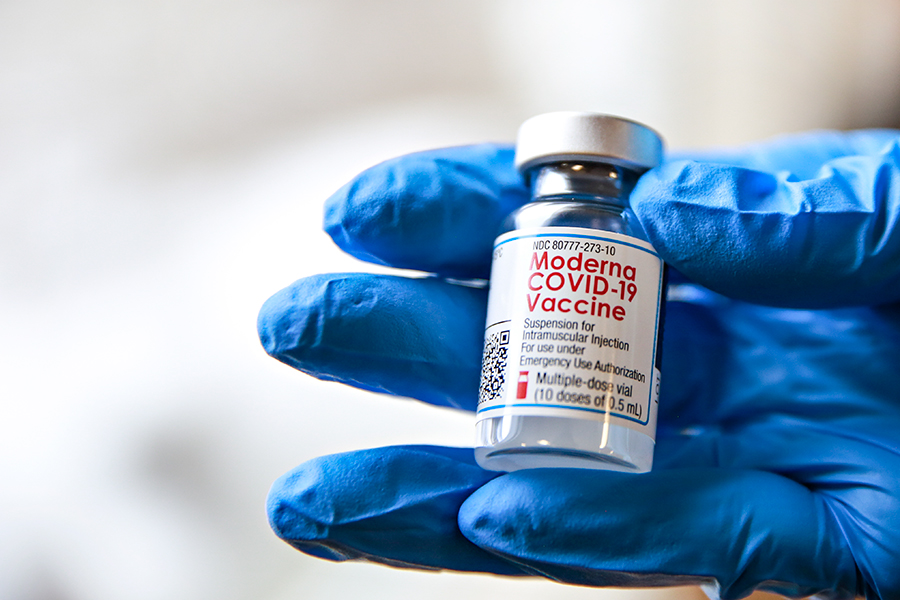Health Officials Urge Patience as State Navigates Vaccine Allocations
With approximately 17,000 Montanans vaccinated statewide, Flathead County looks to expand eligibility requirements to include its senior population
By Tristan Scott
Since the first doses of COVID-19 vaccine became available in Montana, more than 17,000 healthcare personnel have received their initial shots, while state health officials continue to work with local county health departments, tribal nations, pharmacies, hospitals, and community centers across the state to implement a phased vaccine allocation plan that will likely run into the summer.
The Food and Drug Administration (FDA) has granted emergency-use authorization to both the Pfizer and Moderna vaccines, but due to a limited initial supply of the vaccine, distribution is occurring in phases as laid out by the federal Advisory Committee on Immunization Practices (ACIP).
Montana is nearing the end of Phase 1a, which targets healthcare workers and staff, as well as residents of long-term care facilities. The initial phase was expanded to include additional healthcare workers with direct patient contact, including dentists, orthodontists, physical therapists, optometrists, home health workers, mental health workers, and others who fit the criteria.
Phase 1b will begin mid-January and continue through March, with the goal of vaccinating approximately 90,000 Montanans, including individuals 75 years or older, frontline essential workers, those residing in congregate care, and those residing in correctional facilities. In Montana, Phase 1b also includes American Indians “and other people of color who may be at elevated risk for COVID-19.”
In Flathead County, health officials are working to update the tiers of individuals included in Phase 1c to include people who are aged 65 or older with underlying medical issues.
“We are actually looking to include chronic medical conditions of all eligible ages, but we would definitely like to see those who are 65 and older moved up into the next phase,” Flathead City-County Health Officer Joe Russell said on Jan. 4. “We have a significant elderly population in Flathead County, so we feel we should move down into that field of eligibility.”
Bekki Wehner of the Department of Public Health and Human Services (DPHHS) Communicable Disease Control and Prevention Bureau said expansion of the phases to additional groups would vary from community to community depending on vaccine availability and how quickly the vaccines are distributed.
“DPHHS is working with local health jurisdictions to monitor vaccine supplies around the state to ensure availability for each target group,” Wehner said. “As vaccine supplies increase, we’ll be able to allocate them to more and more providers in the coming weeks and months.”
In Flathead County, Russell said his department has nearly exhausted its supply of the vaccine, and his staff is preparing to hold clinics during Phase 1b.
“It’s still going to be first-come, first-served and it’s all based on vaccine availability,” Russell said. “Once we run out of doses [during a clinic] we can begin scheduling out. But we know we are going to have stragglers who were eligible under Phase 1a who turn up down the line. It’s going to be a little bit of a challenge.”
Phase 1c is expected to launch in mid-March and continue through July and includes another 171,000 Montanans. Critical groups in Phase 1c are those aged 65 years and older (the same group Russell hopes to move into Phase 1b), individuals aged 16-64 at high risk due to underlying medical conditions, and essential workers.
The final phase is expected to launch in late spring or early summer for all Montanans ages 16 and older.
According to the latest available data, 8,968 Flathead County residents have tested positive for COVID-19 since March and 51 residents have died as a result of the virus. Russell said no Flathead County residents, including healthcare workers, would be mandated to receive the vaccine.